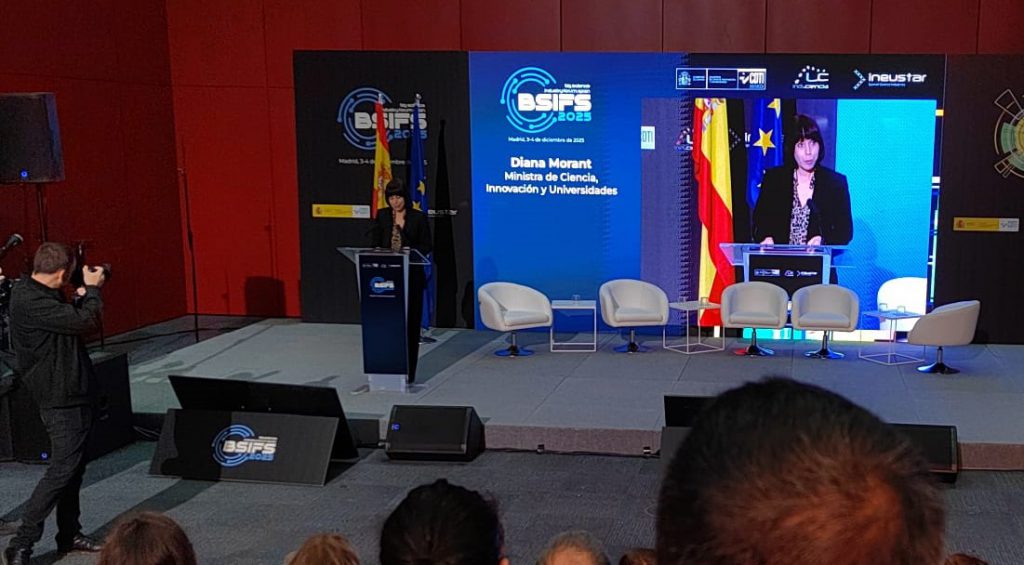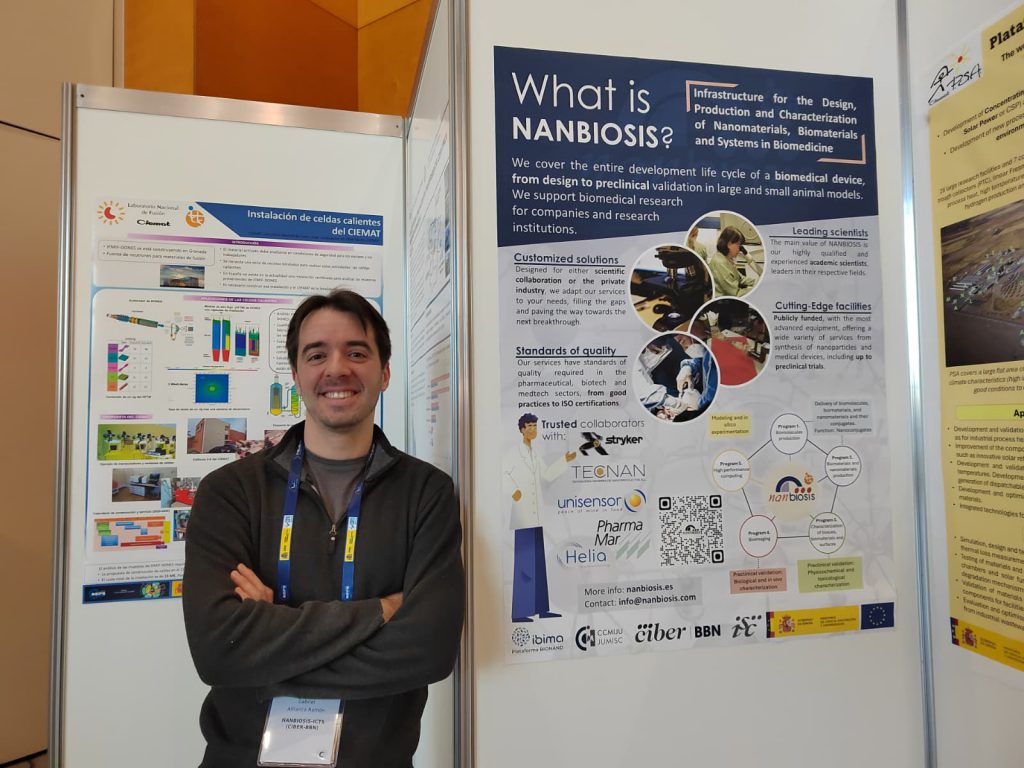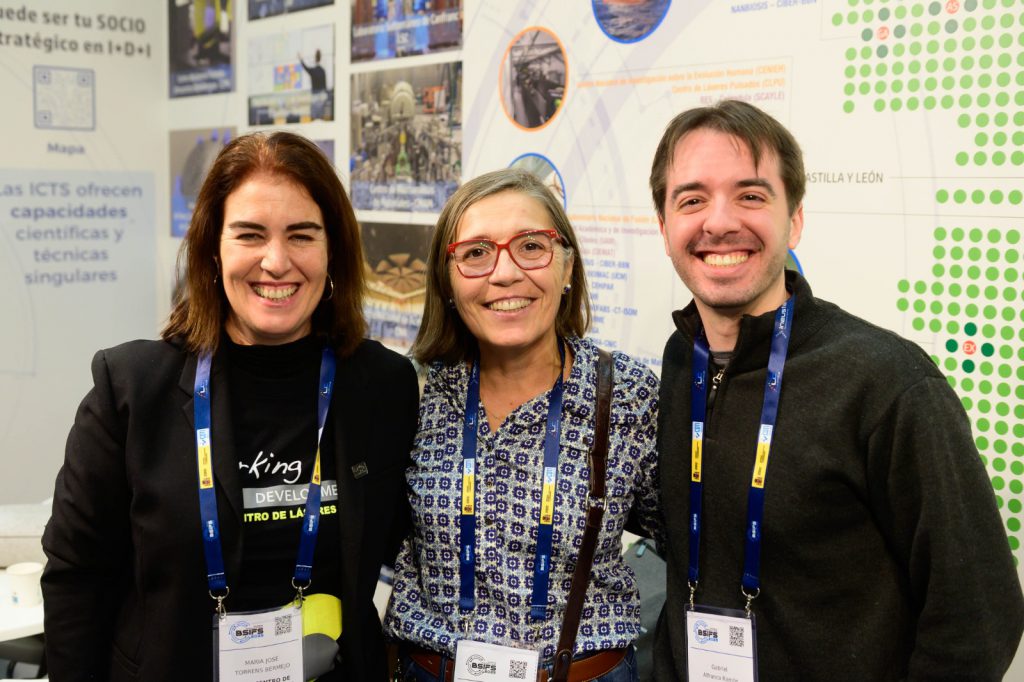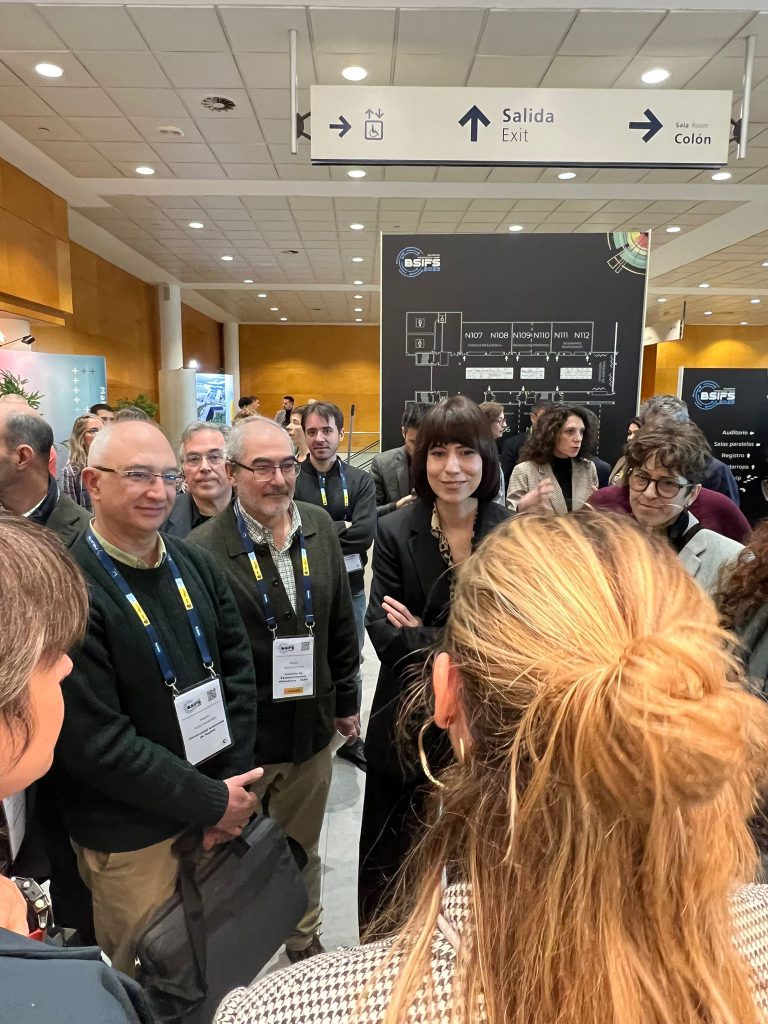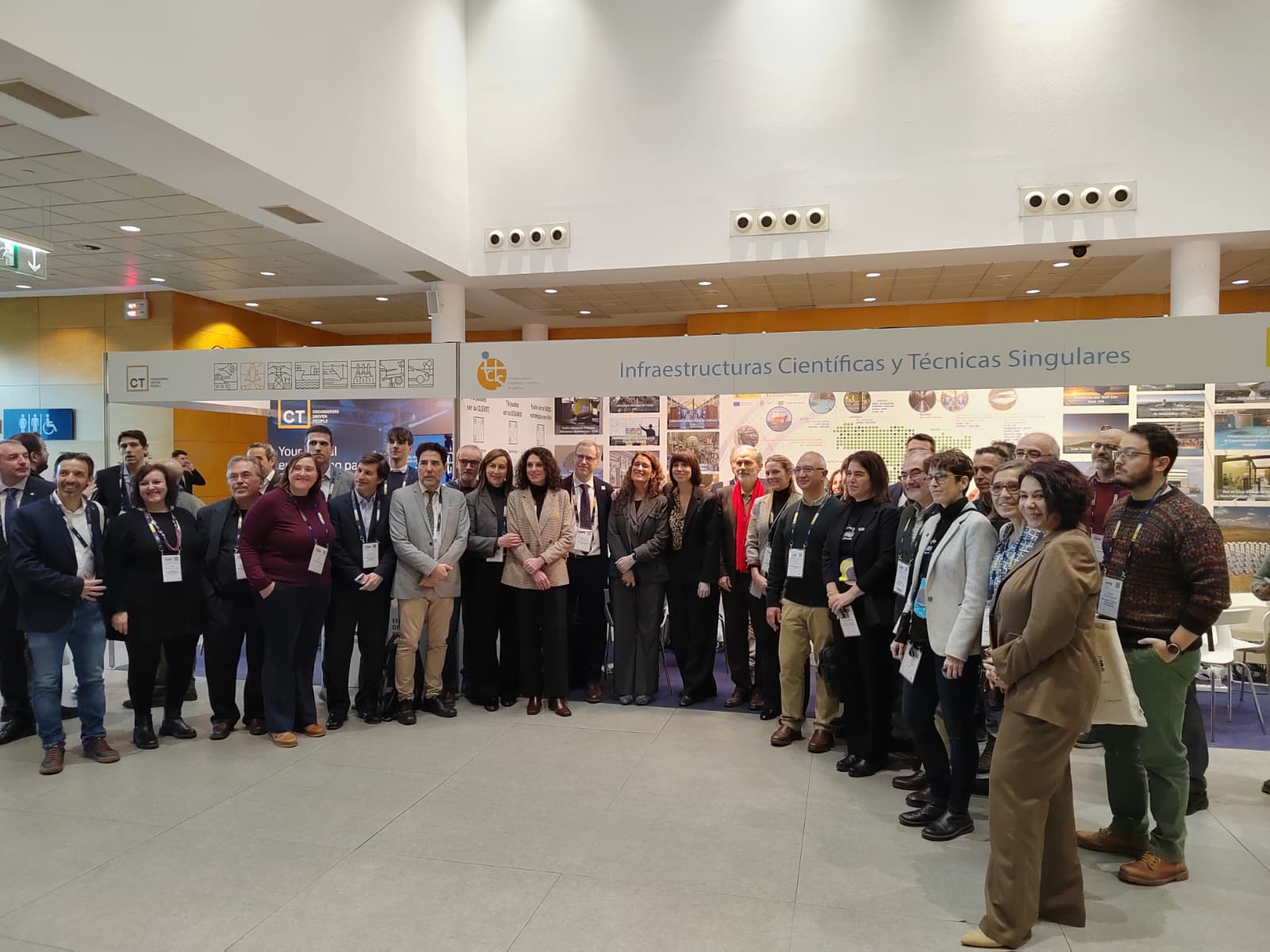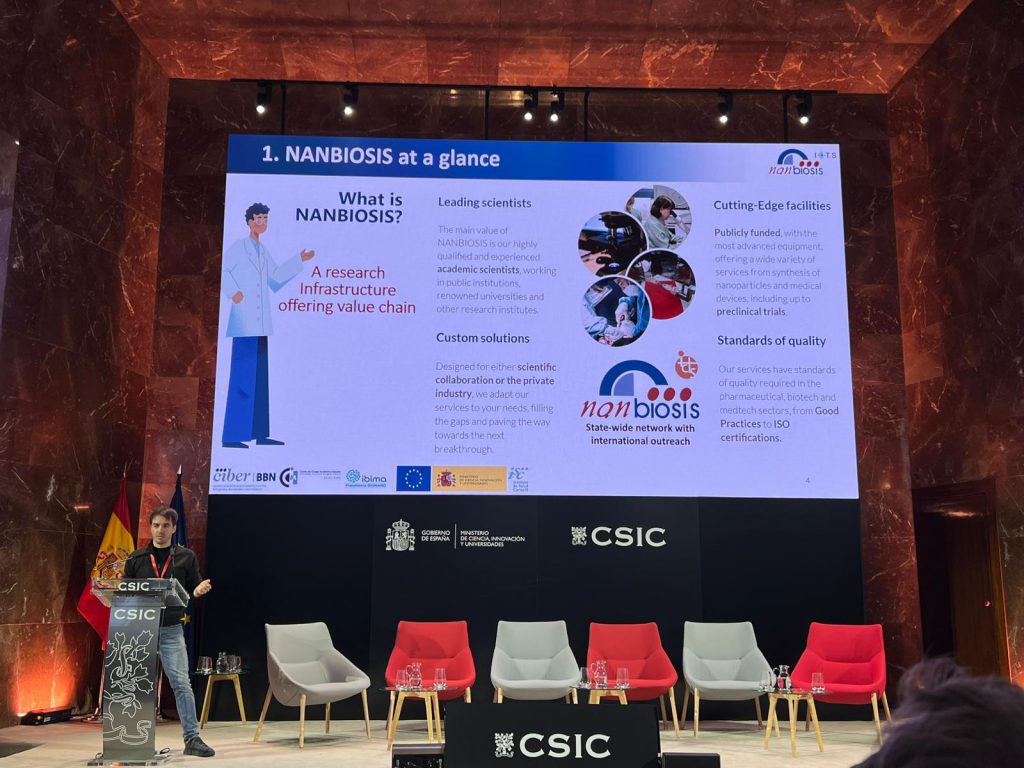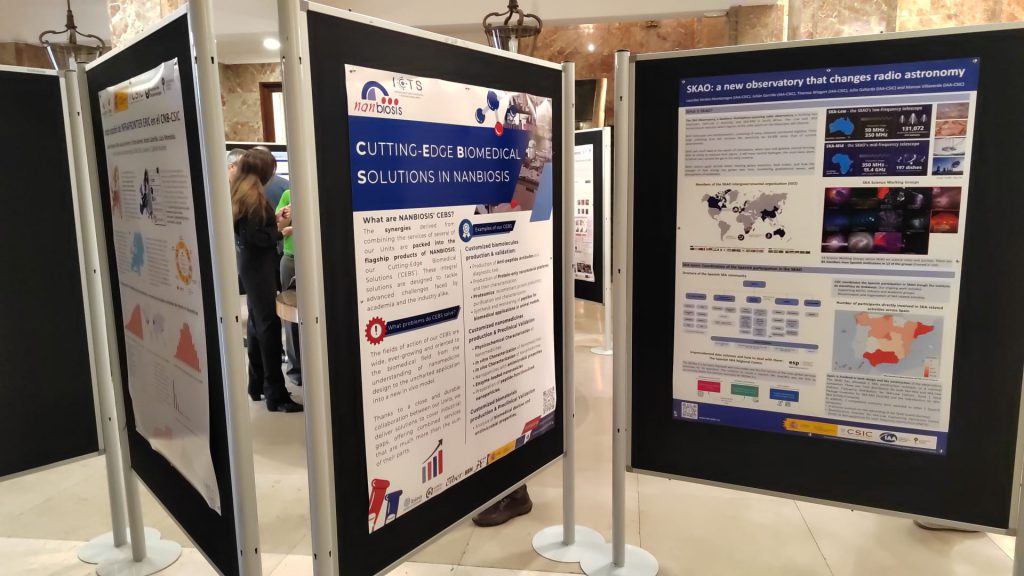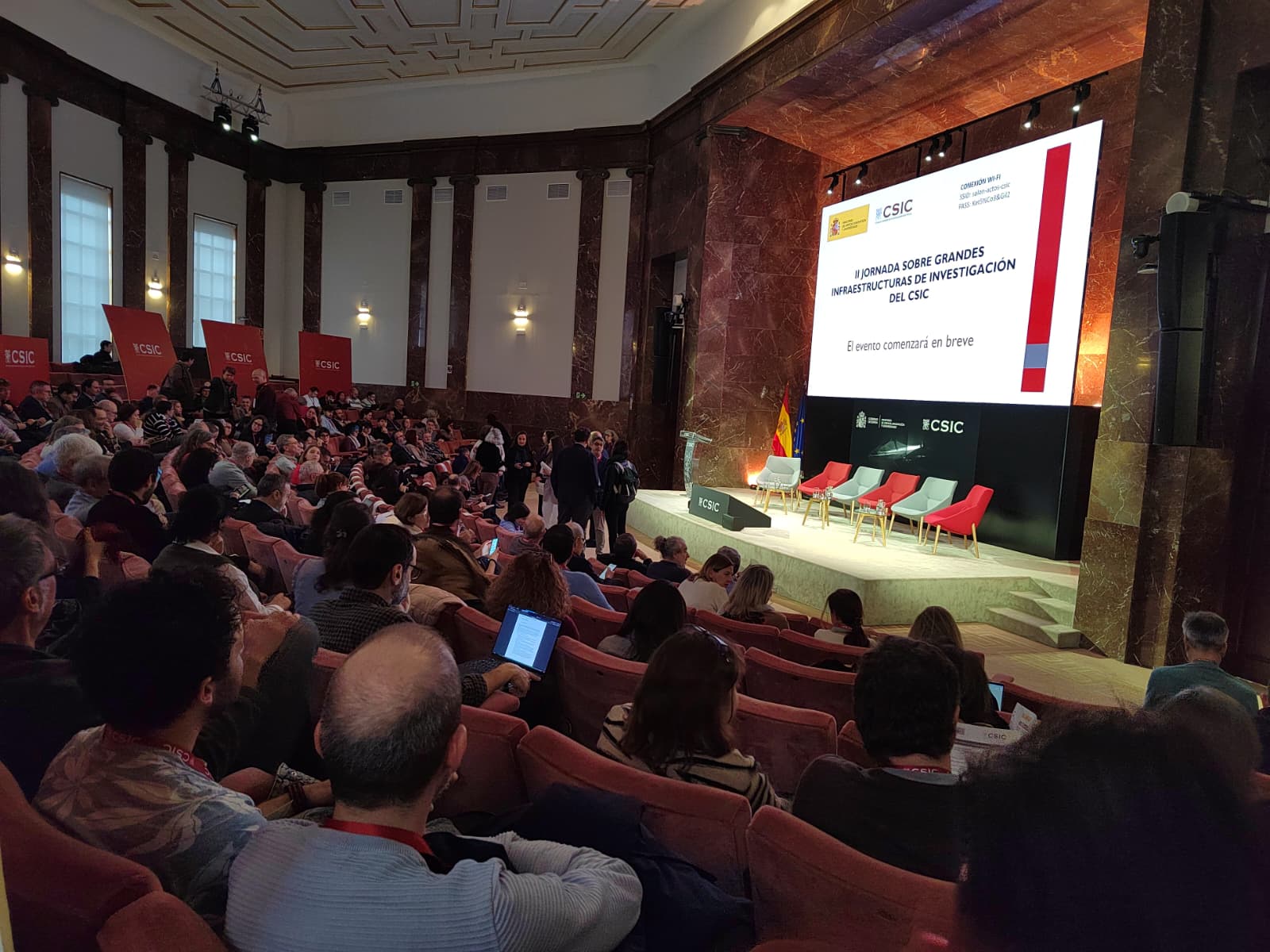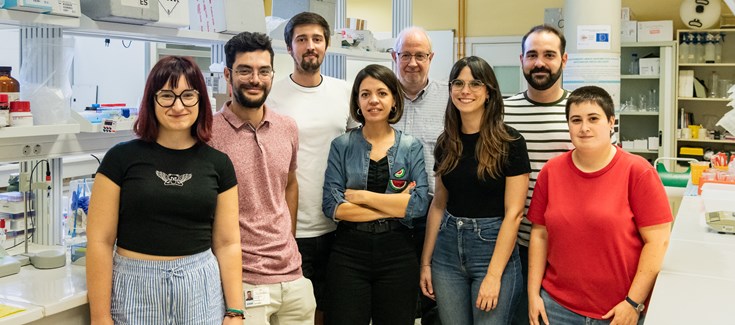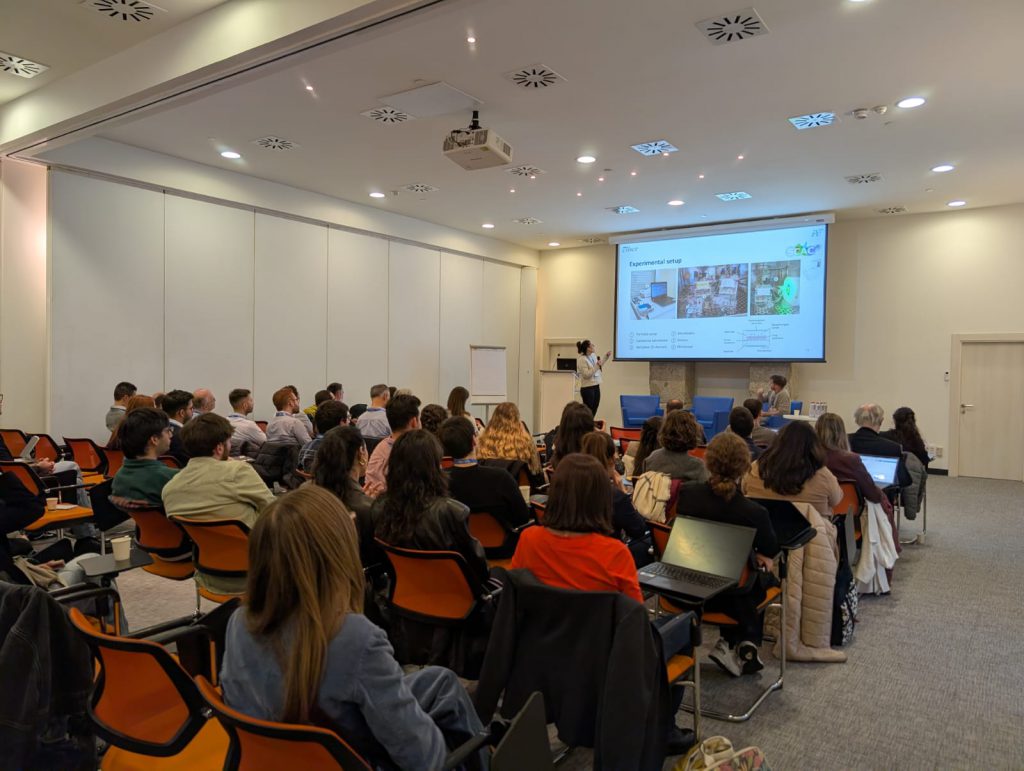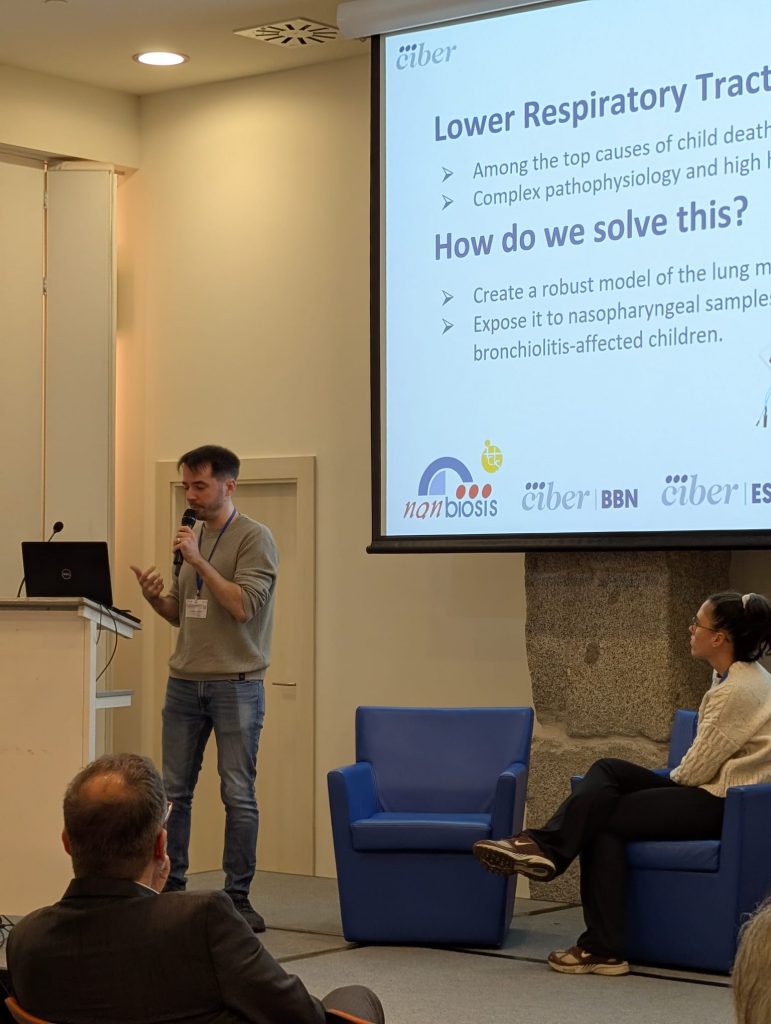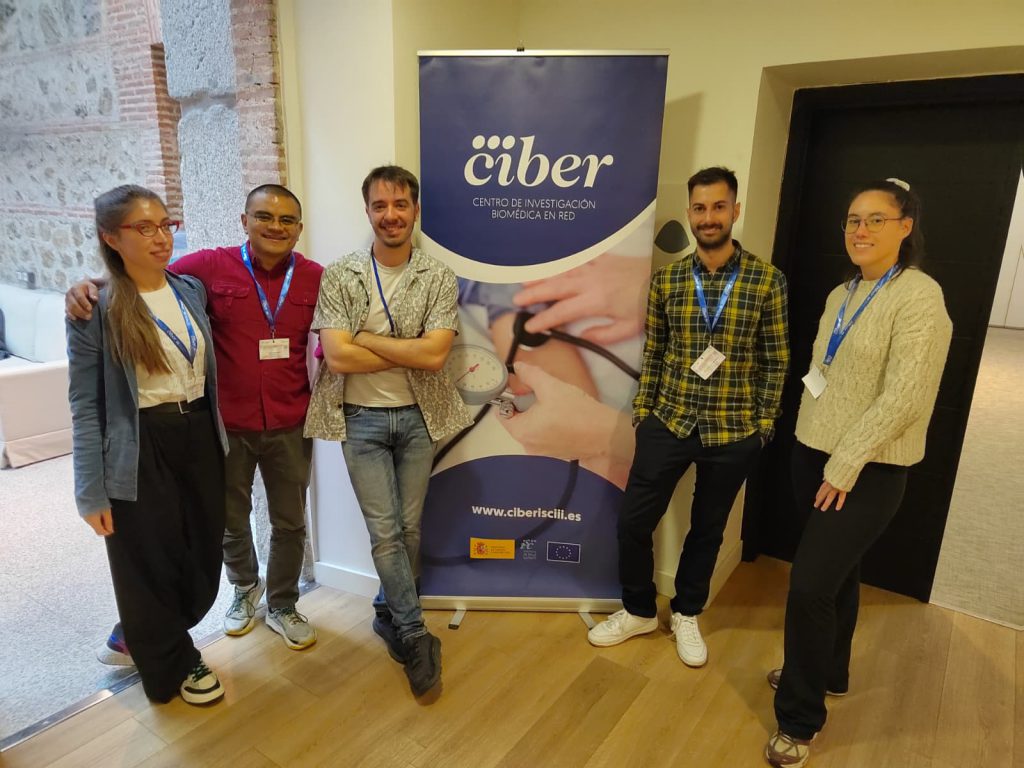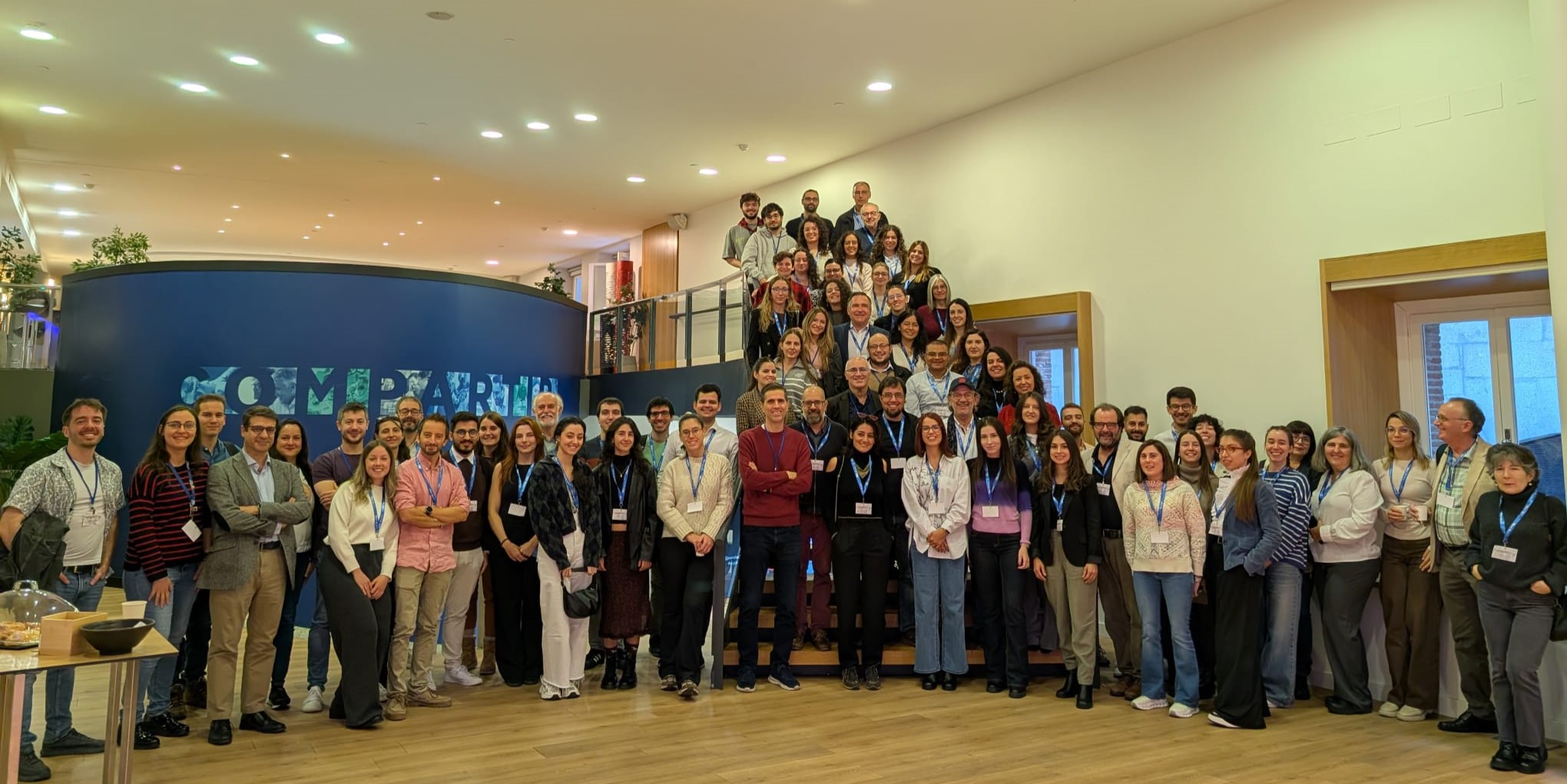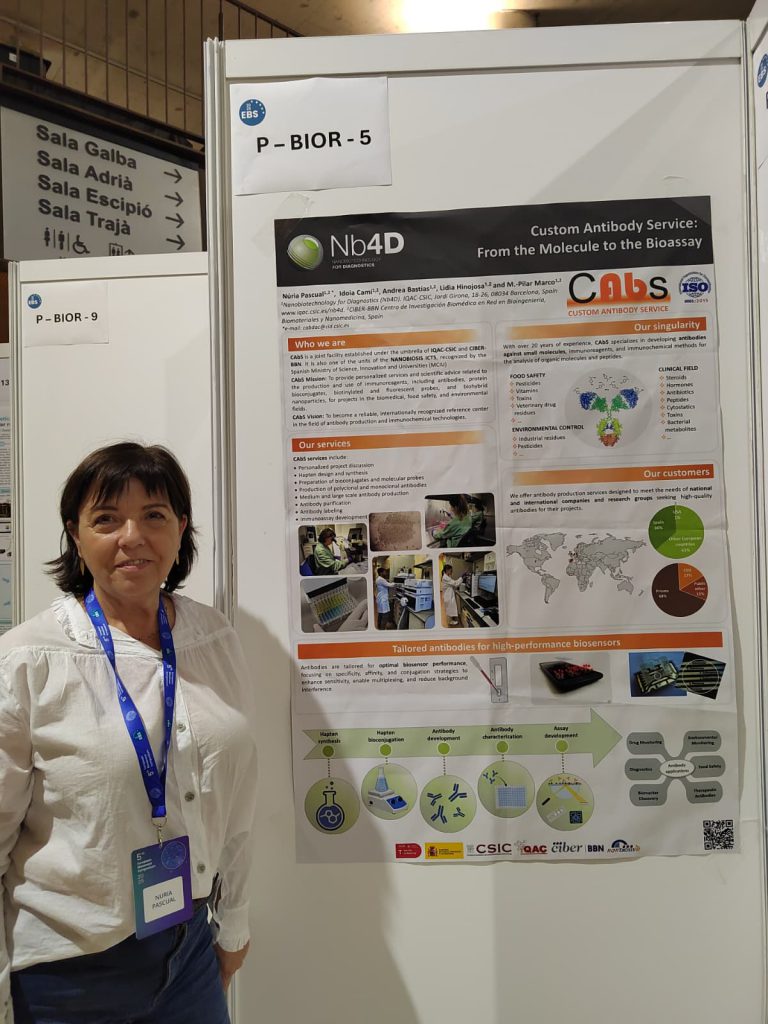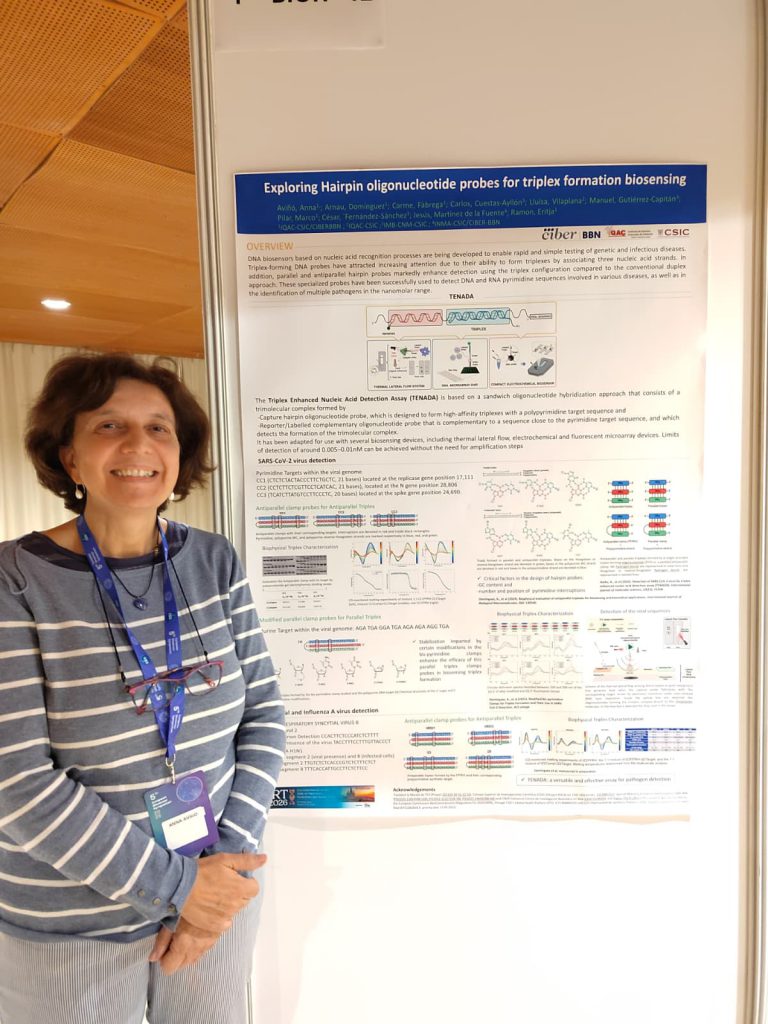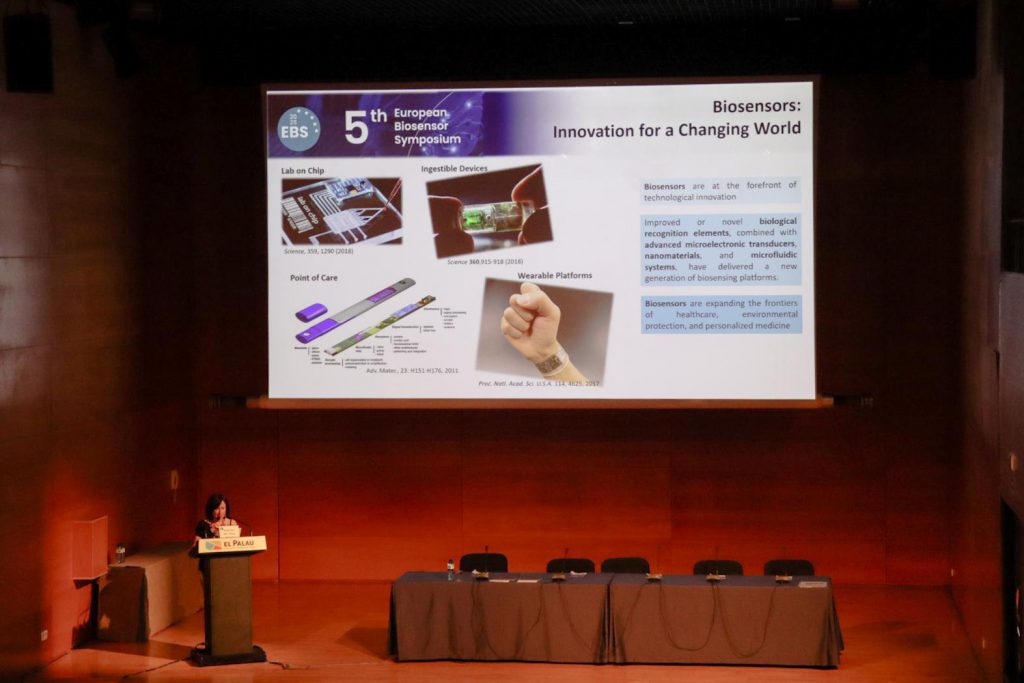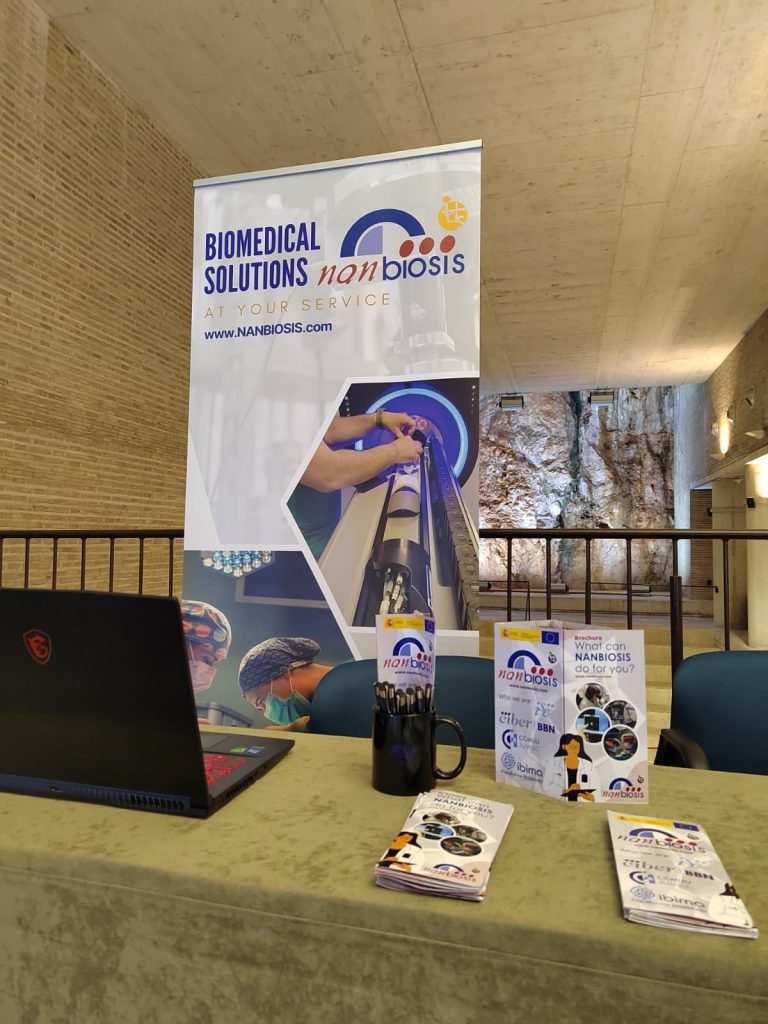NANBIOSIS U26 Contributes to New Study Using CMR and PET to Track Myocardial Infarction Progression in Mice
Multimodal CMR/PET imaging reveals key differences in infarct evolution in mice. NANBIOSIS U26 contributed technical expertise and advanced imaging support.
Valencia, December 2025 — A new scientific publication, “Characterization of Infarct Size and Remodeling Using CMR and PET in Mice Models of Reperfused and Non-Reperfused Myocardial Infarction” (Diagnostics, 2025), highlights the value of combining cardiovascular magnetic resonance (CMR) and positron emission tomography (PET) for non-invasive, longitudinal evaluation of heart damage in preclinical models of myocardial infarction. The study features the participation of NANBIOSIS Unit 26, which contributed both technical expertise and advanced imaging infrastructure.
A multimodal approach to understanding Heart Injury
The research compares two experimental mouse models of myocardial infarction—one with permanent coronary occlusion (non-reperfused) and another with transient occlusion followed by reperfusion. Using CMR and fluorine-18 FDG PET imaging at baseline and at 1, 7, and 21 days after infarction, the authors assessed:
- Infarct size
- Systolic function
- Myocardial glucose metabolism
Masson’s trichrome histology served as the reference standard for infarct size at the chronic phase.
The results showed that both models exhibited infarction, reduced systolic function, and decreased glucose metabolism as early as 24 hours post-event. By day 21, reperfused mice demonstrated smaller infarcts and better-preserved cardiac function, although metabolic activity measured by PET did not differ significantly between groups. Moreover, early CMR and PET measurements proved to be strong predictors of long-term outcomes.
These findings underscore the value of combined PET/CMR imaging for monitoring disease progression and evaluating new therapeutic strategies in preclinical cardiovascular research.
NANBIOSIS Participation
NANBIOSIS Unit 26 (NMR Biomedical Applications II) played an essential role in the project by providing both expert technical support—via technician and co-author Mustafa Ezzeddin—and access to its specialized imaging facilities.
“To continue advancing the Biomedical and Metabolomics Imaging section, we are pleased to share that we have published an article using a murine model of acute myocardial infarction, employing 3T MRI and PET-CLIP-ON techniques.”
—Mustafa Ezzeddin, technician at Unit 26 of NANBIOSIS
About NANBIOSIS Unit 26
Located at the Faculty of Medicine of the University of Valencia (UV), Unit 26 offers advanced NMR-based metabolomic and imaging capabilities, including a 14T NMR system for biofluid, cell line, and tissue metabolic profiling. The Unit is coordinated by Dr. Ramón Martínez-Máñez, Principal Investigator of the Applied Molecular Chemistry Group at the Universitat Politècnica de València and Scientific Director of NANBIOSIS, together with Dr. Salvador Gil, Director of the Central Service for Experimental Research (SCSIE).
Reference: DOI
What is NANBIOSIS?
The goal of NANBIOSIS is to provide comprehensive and integrated advanced solutions for companies and research institutions in biomedical applications. All of this is done through a single-entry point, involving the design and production of biomaterials, nanomaterials, and their nanoconjugates. This includes their characterization from physical-chemical, functional, toxicological, and biological perspectives (preclinical validation).
In order to access our Cutting-Edge Biomedical Solutions with priority access, enter our Competitive Call here.
NANBIOSIS has worked with pharmaceutical companies of all sizes in the areas of drug delivery, biomaterials and regenerative medicine. Here are a few of them:












